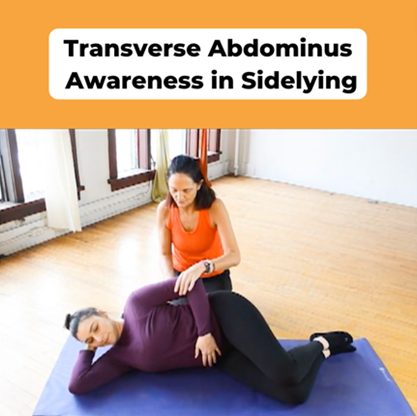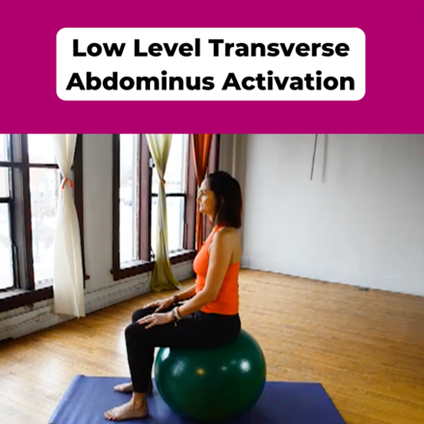Suffering from Endo Chronic Pelvic Pain?
Do you have the following symptoms?
• Painful periods
• Pain during ovulation
• Pain during or after sex
• Heavy bleeding or irregular bleeding
• Pain with bowel movements or urination
• Pain in the pelvic area, lower back, or legs
• Nausea
• Fatigue
• Diarrhoea and constipation
• Difficulty falling pregnant (infertility)
These are some of the symptoms often described when someone is dealing with endometriosis (endo) and/or chronic pelvic pain (CPP) These conditions often cause cyclical pain severe enough to interrupt your daily activities.
This month we will be exploring these conditions, their effect on whole body health, and educating our Motivate community on therapeutic solutions to alleviate pain. It’s time to enjoy the Spring season! Let’s do so without pelvic pain! ????

So what is endometriosis?
Endometriosis is a condition where tissue similar to the lining of the uterus grows outside of the uterus. The presence of endometrial tissue outside the uterus results in an inflammatory response from the body. The most common symptom of endometriosis is pelvic pain. The pain is often with menstruation, during ovulation, with sexual intercourse, and/or during evacuation. The longer the symptoms of endometriosis go untreated the greater the risk of developing other related conditions such as CPP and pelvic floor disfunction. There are several treatments and strategies that can help reduce the symptoms associated with endometriosis.
This month we will be educating our Motivate community on effective SelfCare solutions to help reduce pain experienced from these conditions. It’s time to enjoy the Spring season! Let’s do so without pelvic pain! ????

Behavioral Awareness
Eating foods you are sensitive to, or are known to be inflammation producing, can increase your bodies overall inflammation and worsen endo and/or CPP symptoms. In general, there are 3 main categories that are widely known to be pro- inflammatory or likely to have a sensitivity toward. They are: white flour; white sugar; dairy. You may consider keeping a food diary to track possible food sensitivities. Consider cutting out one of those groups and track how you feel, often we don’t realize something is affecting us until we eliminate it.
Here is a general list of foods to help you get started.
❌ ???????????????? ✅???? ????????????
Tissue Health
Often when we don’t feel great it is difficult to have the desire to exercise, but it is extremely important to keep our tissues/muscles as healthy and pliable as possible. Blood flow is essential to healing and releasing muscle tension is a great way to generate blood flow in our body. Trigger point release (with a yoga ball or tennis bal) of the pirformis muscles is a great way to alleviate tension carried in the buttocks, hips and lower back. ????♀️
Make sure to check in with how the muscles feel on the side you just worked on.
What changes do you notice?
Strength through Stability
Individuals suffering from endo or CPP often have abdominal and/or pelvic pain of some kind. A common compensation for this is to round forward and protect the area that is painful. ???? This causes increased pressure on our pelvic floor and weakens our core.
A common muscle that associated with core weakness is the transverse abdominus (Ta) muscle. This muscle is extremely important for maintaining proper postural alignment and is essential for stabilization of the spine. It is designed to work with your lower back muscles not force the lower back to do the job of both muscles which often happens. Activation of this muscle is very specific and gentle and can be done in a number of positions.
Here is an example of how you would engage your transverse abdominus muscle in the side lying position. ????
See our full video on our YouTube!


Functional Mobility
While being able to activate a particular muscle when laying on our back or side is great…it’s just the first step. ☝️
The real challenge for most of us out there is to transition our muscle activation/stabilization into function. For example: I can engage my lower belly muscle (transverse abdominus) while lying on my side w/out distraction…BUT, can I transfer it to something I do with movement? Can I maintain pelvic stabilization while moving? How do I get out and go for a walk w/out it producing back or hip pain…having and maintaining a stable pelvis that’s how! ????♀️
This exercise routine will help you get there.
